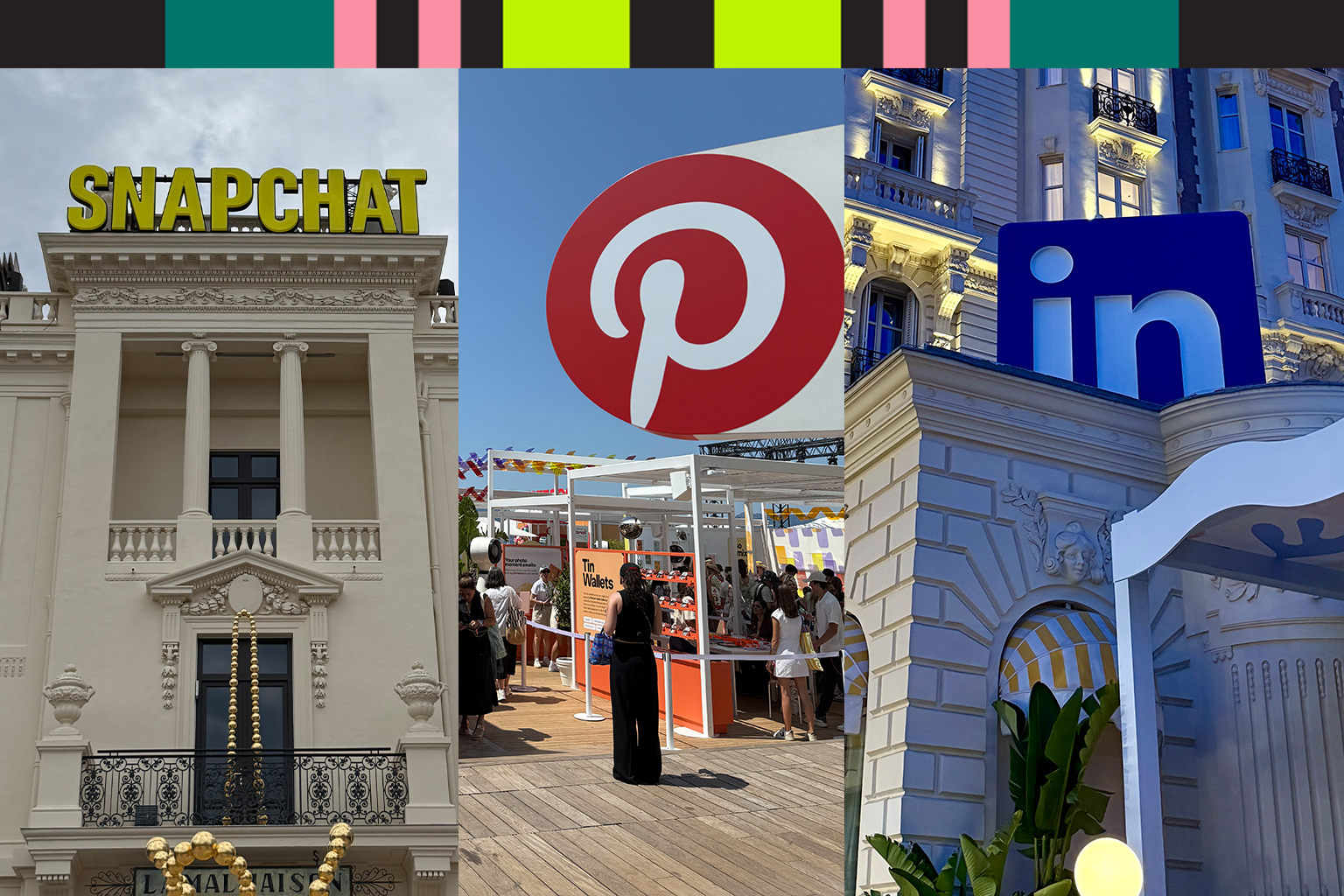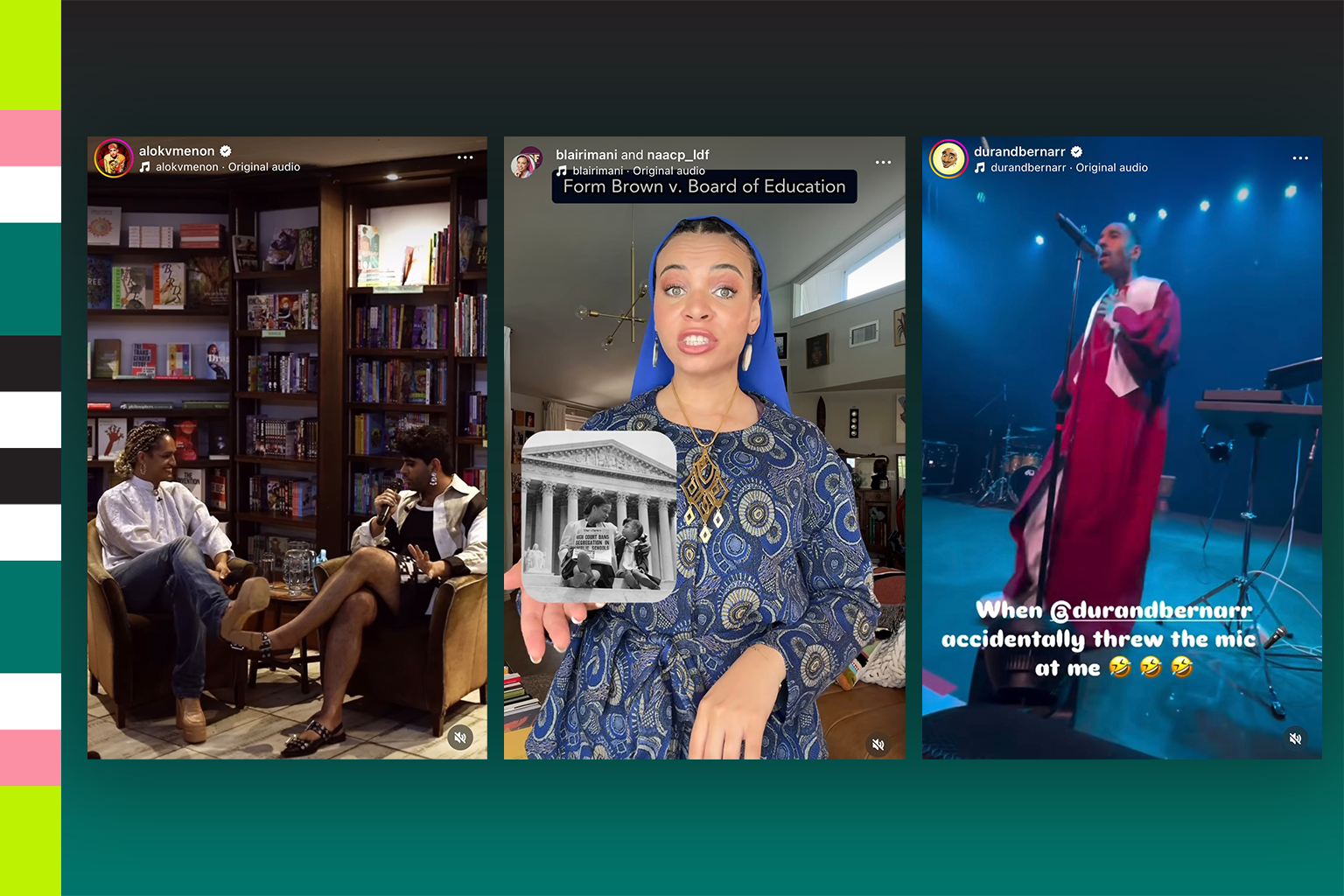If you’ve kept up with social media news and updates over the first half of 2017, you’ve read the words “object recognition” about as often as you’ve read “Facebook copies Snapchat.”
Pinterest’s Lens was among the first public-facing applications introduced around object recognition, one of their many moves aimed at integrating into the real world. Over recent months, Facebook, Instagram, Snapchat, and Google, even Amazon, have followed suit in leveraging the technology to improve their respective products.
Additionally, major strides have been taken in targeting content based on location and community. Snapchat has long featured event-, location-, and community-sourced stories, and the platform recently announced geolocated ad targeting for brick and mortar stores to increase foot traffic and sales. Instagram, never too far behind, recently announced its own geolocated stories and will now introduce ad targeting based on physical location.
With every major platform making moves around these elements, it’s time for marketers to dive into how object recognition will transform their roles.
Let’s do a quick run through of platforms and advances made around object recognition.
- Facebook has for years been working on the feature, announcing at its F8 conference that it will play a large role in augmented reality. Facebook Camera can also blur the background of images and videos in real-time.
- Snapchat implemented object recognition to curate related stories (search “puppies” on the platform and enjoy the dozens and dozens of snaps that are sure to lift your mood). Snapchat also uses the feature in its World Lenses, identifying surfaces and objects to “place” the objects.
- Pinterest made every image on the internet searchable. The platform created Lens. They released object recognition in ad-targeting. Pinterest is moving fast in the space.
- Google created its own version of Lens, and can now recognize objects in videos.
- Amazon integrated object recognition into its search function. Now, users don’t have to create the awkward “Hey, where did you get that?” conversation. All we have to do now is execute the slightly less creepy sneak-a-quick-pic-while-they’re-not-looking maneuver.
But what does this mean for marketing, and why does it matter to my brand?
In its infancy, object recognition eliminates major obstacles on the path from product discovery to purchase. Object recognition also offers targeting options similar to, but better, than keyword-based tactics. Keyword targeting reaches consumers directly talking about or searching for a particular product. In addition to returning these exact matches, brands can leverage object recognition to place ads and promotions next to related content.
Example: If you run a furniture store, you can place target potential customers who are searching for sofas or chairs, and display ads for complementary products like throw pillows, coffee tables, and along-side feature products to influence purchase behaviors and cart sizes.
On top of that, geotargeted ads have proven effective, with several stores seeing success in increasing foot traffic for retail venues.
Okay, sure. But this has been widely reported already. Where are you going with this?
Social media is moving towards a world void of billboards. There are no ads plastered on the park bench. Today’s assault of physical advertisements is long gone. Well, at least when you’re not wearing your sunglasses.
Okay, we probably won’t be completely free from physical ads, but that’s where we’re headed, and that’s what these object-recognizing, geotargeting features are foreshadowing. That’s why Snapchat just acquired Placed, an advertising data service that specializes in location analytics.
Combine image and object recognition with geotargeting and what is the result? Hey there, mixed reality. We’ve been expecting you. Mixed-reality advertising is in sight. It’s coming fast, and marketers need to be ready.

Let’s take a minute and brainstorm some opportunities and marketing applications.
- An animated coffee cup hovering over every Starbucks, Dunkin Donuts, and Caribou Coffee, offering one, two or even three dollars off specialty drinks.
- Music festivals making it easy to find your performer of choice by adding a virtual blimp over each stage with the featured artist’s name plastered on the sides.
- Attending sporting events and seeing statistics alongside individual players, along with concession stand offerings and WWE-style mascot battles by wandering and looking around the stadium.
- Highways that give detailed information about upcoming exits and towns, rather than simply showing the closest Pilot or McDonalds. (Yes, I know you shouldn’t read and drive, but self-driving cars will be here soon enough.)
- What if you went to a museum and were joined by a personal tour guide. However, instead of it being a retired librarian, it’s a cute, talking dog that knows anything and everything about every exhibit, where the bathrooms are, and can point you to the best local taco joint for after the tour. (Side note: If you combine the power of a chat bot with an animated puppy, you can count me in for just about anything.)
Man, the future sounds pretty cool. If you really want to get brainstorming, think about all the potential applications when the entire world is mapped out in 3D.
With AR marketing on the horizon, these foundational features are going to be key in setting brands apart. Early adopters of today’s features, those who regularly practice connecting with audiences and targeting individuals based on object recognition and location, will be well-positioned to be early adopters of AR advertisements. Those who target based on ice cream cones and retail stores will succeed when these features are applicable to physical landmarks and larger infrastructures.
While campaign practice and ad-placement strategy will be atop the priority list, social care will continue to rise in importance.
Knowing your fans and consumers is going to be even more important in developing these advertising strategies. It won’t be enough to simply know a few key interests shared by the target consumer. Marketers will need to know which roads they drive on, what parts of the city they inhabit, and at which restaurants they like to eat.
It could even get so granular that a consumer will be shown an ad for a zoo in Dallas because they follow the Rangers on Twitter, snapped a selfie using the Five Guys filter, and like the Central Park Zoo on Facebook.
Further, brands will need a robust social care strategy to ensure that any potential crisis has a clear, well-marked path to diffuse any frustrations or issues a consumer may find. This is common practice in social media today. However, in a world where ads will be served based on real-time actions rather than predetermined “interests”, the range of potential issues skyrockets, and brands will need to be instantaneously agile as consumers’ acceptable response time continues to fall.
No, I can’t imagine a brand getting so specific that it panders to Rangers-rooting, burger-eating, zoo-goers, but there may be a Dallas-based, animal-rights group out there that is selling vegan meats to raise money. In which case, if you’re reading this, don’t @ me for outing your ad strategy.




